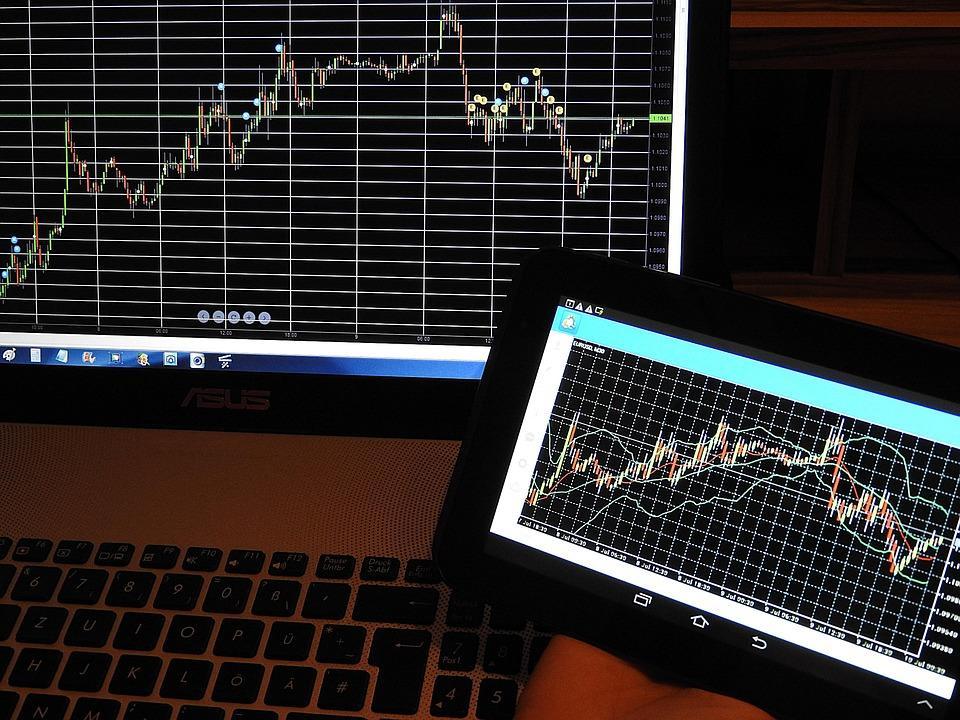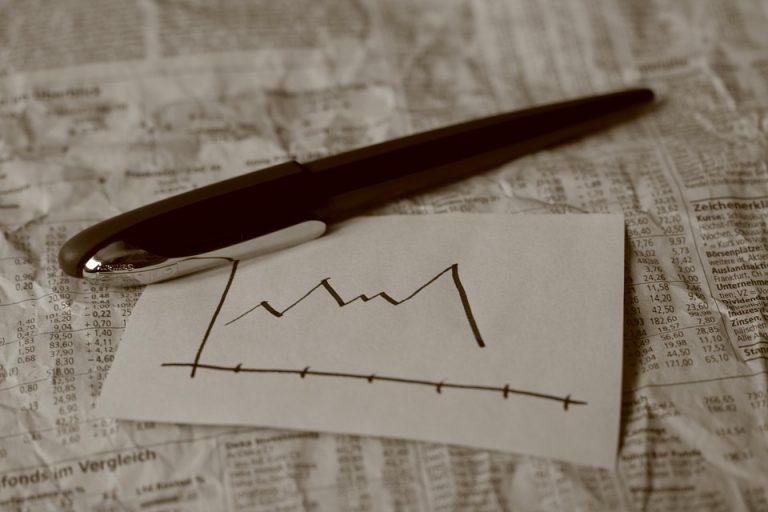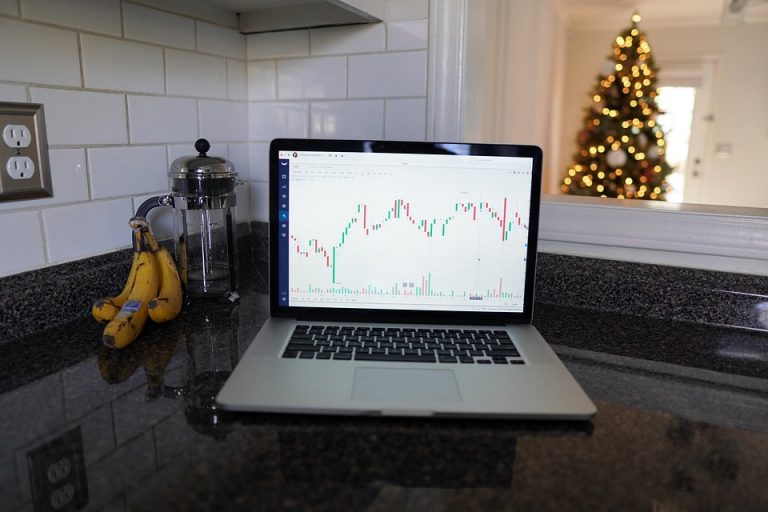Forex trading signals are your secret weapons in the dynamic currency markets. If you’re looking to elevate your trading game, understanding these signals is essential. They provide insights and guidance that can lead to profitable trades, ensuring you don’t miss out on lucrative opportunities. This article dives deep into the 7 Forex trading signals you can’t afford to ignore, so let’s empower your trading journey!
Contents
What Are Forex Trading Signals?
Forex trading signals are indicators that suggest when to buy or sell currency pairs. They can come from various sources, including professional traders, algorithms, or market analysis. By leveraging these signals, you can make informed decisions and potentially boost your profits.
Understanding and using these signals isn’t just beneficial; it’s crucial. The Forex market is fast-paced and ever-changing. Ignoring these signals could lead you to miss out on significant profit-making chances or, worse, incur losses.
Why Forex Trading Signals Matter
- Timeliness: The Forex market operates 24/5, meaning opportunities can arise at any moment. Signals help you act quickly.
- Informed Decisions: They provide a framework for your trading strategy, ensuring your decisions are data-driven.
- Risk Management: By using signals, you can identify potential pitfalls and adjust your strategies accordingly.
Now, let’s explore the seven signals that are vital for your Forex trading success.
1. Trend Signals
Trend signals are fundamental. They indicate the direction of the market—upward (bullish), downward (bearish), or sideways. Recognizing trends allows you to align your trades with the market’s movement.
How to Spot Trend Signals
- Moving Averages: Simple Moving Averages (SMA) or Exponential Moving Averages (EMA) can show you the overall market direction.
- Trend Lines: Drawing lines on your charts can visually represent the trend direction.
Why You Can’t Ignore Them
If you trade against the trend, you’re setting yourself up for disappointment. Following trends allows you to ride the waves rather than fight them.
2. Momentum Signals
Momentum signals reflect the strength of price movements. They help you determine whether a currency pair is gaining or losing steam, which is crucial for timing your trades.
Key Indicators for Momentum
- Relative Strength Index (RSI): Measures the speed and change of price movements. An RSI above 70 indicates overbought conditions, while below 30 indicates oversold conditions.
- Stochastic Oscillator: Compares a particular closing price to a range of prices over a specific period, signaling potential reversals.
The Importance of Momentum
Understanding whether the momentum is in your favor can make all the difference. A strong momentum signal means it’s time to jump in, while a weak one could suggest waiting for a better opportunity.
3. Volatility Signals
Volatility signals inform you about the degree of price fluctuations in the market. High volatility can mean bigger price swings, which can be both an opportunity and a risk.
Identifying Volatility
- Bollinger Bands: These bands widen or contract based on market volatility. A squeeze indicates low volatility, while a wide band suggests high volatility.
- Average True Range (ATR): Measures market volatility by decomposing the entire range of an asset price for a given period.
Why Volatility Matters
High volatility offers opportunities for significant profits but can also increase your risk. Knowing when to expect volatility can help you navigate your trades more effectively.
4. Reversal Signals
Reversal signals indicate potential changes in the market direction. These are crucial for traders looking to capitalize on shifts rather than trends.
Recognizing Reversal Signals
- Candlestick Patterns: Patterns like the “Hammer” or “Engulfing” can suggest that a reversal may happen.
- Divergences: When the price makes a new high or low, but the oscillator doesn’t, it could signal a potential reversal.
The Value of Reversal Signals
If you can spot a reversal early, you can get in before the rest of the market catches on, maximizing your profits.
5. Economic Indicators
Economic indicators are reports that give insights into a country’s economic health. They can significantly influence currency values, making them essential for Forex traders.
Key Economic Indicators
- Gross Domestic Product (GDP): A strong GDP often leads to a stronger currency.
- Employment Data: Reports like Non-Farm Payrolls (NFP) can cause significant market movements.
Why They Matter
Staying updated on economic indicators can provide a broader context for your trades. They help you anticipate major price movements and market sentiment shifts.
6. Sentiment Signals
Market sentiment signals gauge the overall attitude of traders towards a particular currency pair. Understanding sentiment can help you predict market movements.
Tools to Measure Sentiment
- Commitment of Traders (COT) Reports: These reports show the positions of traders in the futures market and can indicate bullish or bearish sentiment.
- Social Media and News: Monitoring platforms can provide real-time insights into market sentiment.
The Power of Sentiment
Sentiment can often drive market movements beyond fundamentals. If everyone is bullish on a currency, it might be worth considering that trend even if the data doesn’t fully support it.
7. Technical Analysis Signals
Technical analysis signals combine various indicators and chart patterns to provide a comprehensive view of market conditions. They are essential for refining your trading strategy.
Common Technical Analysis Tools
- Chart Patterns: Patterns like “Head and Shoulders” or “Double Tops” can suggest future price movements.
- Indicators: Tools like MACD (Moving Average Convergence Divergence) help identify potential buy and sell signals.
Why They’re Essential
Technical analysis signals give you a layered approach to trading. They help you avoid relying on a single indicator, making your trading strategy more robust.
Conclusion
Understanding and utilizing these 7 Forex trading signals you can’t afford to ignore will set you apart in the trading world. Each signal offers unique insights, and when combined, they form a powerful arsenal for any trader.
Bottom Line
Mastering Forex trading signals is vital for your success in the currency markets. Don’t overlook their power; instead, embrace them as essential tools in your trading toolkit. Ready to take your trading to the next level? Dive into these signals and start making informed, profitable decisions today!
FAQ
What are Forex trading signals?
Forex trading signals are indicators that suggest the best times to buy or sell currency pairs.
How can I use these signals?
By analyzing trends, momentum, volatility, reversals, economic data, sentiment, and technical analysis, you can enhance your trading strategy.
Are these signals foolproof?
No, while they provide valuable insights, no signal is guaranteed. Always combine them with your analysis and risk management strategies.
Explore these signals, trust your instincts, and watch your Forex trading journey transform!








